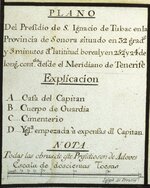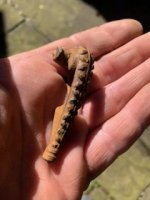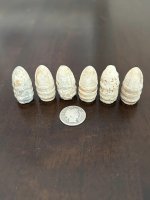Real de Tayopa Tropical Tramp
Gold Member
G'd morning Joe, where is my coffee?? Yes, but he had to live under the same Concil rules as the Jesuits of supposedly no mining remember??
Incidentally,here is an interesting bit of information to file away could be useful. It will be downloaded in pdf. Open the file and scroll down to Sonora. Have fun.
Biofile of Building Artisans - National Park Service
Biofile of Building Artisans
who Worked on the Northern Spanish Borderlands
of New Spain and Early Mexico
Compiled by
Mardith Schuetz-Mille
Don Jose de La Mancha
Incidentally,here is an interesting bit of information to file away could be useful. It will be downloaded in pdf. Open the file and scroll down to Sonora. Have fun.
Biofile of Building Artisans - National Park Service
Biofile of Building Artisans
who Worked on the Northern Spanish Borderlands
of New Spain and Early Mexico
Compiled by
Mardith Schuetz-Mille
Don Jose de La Mancha
Amazon Forum Fav 👍
Last edited:









